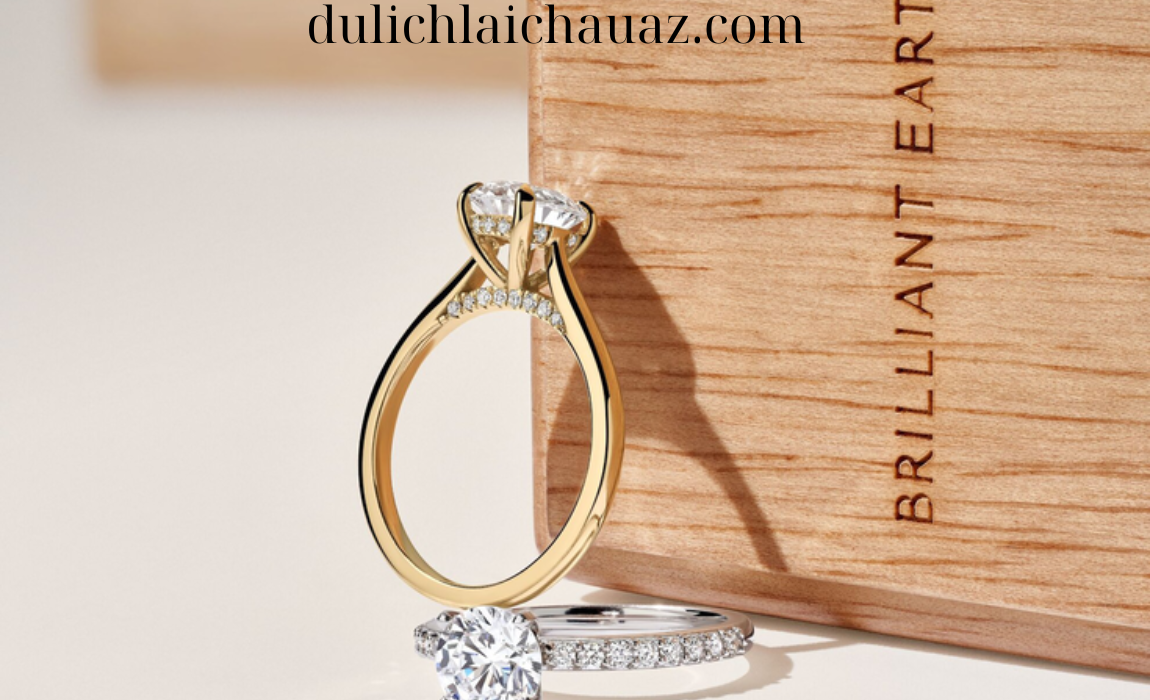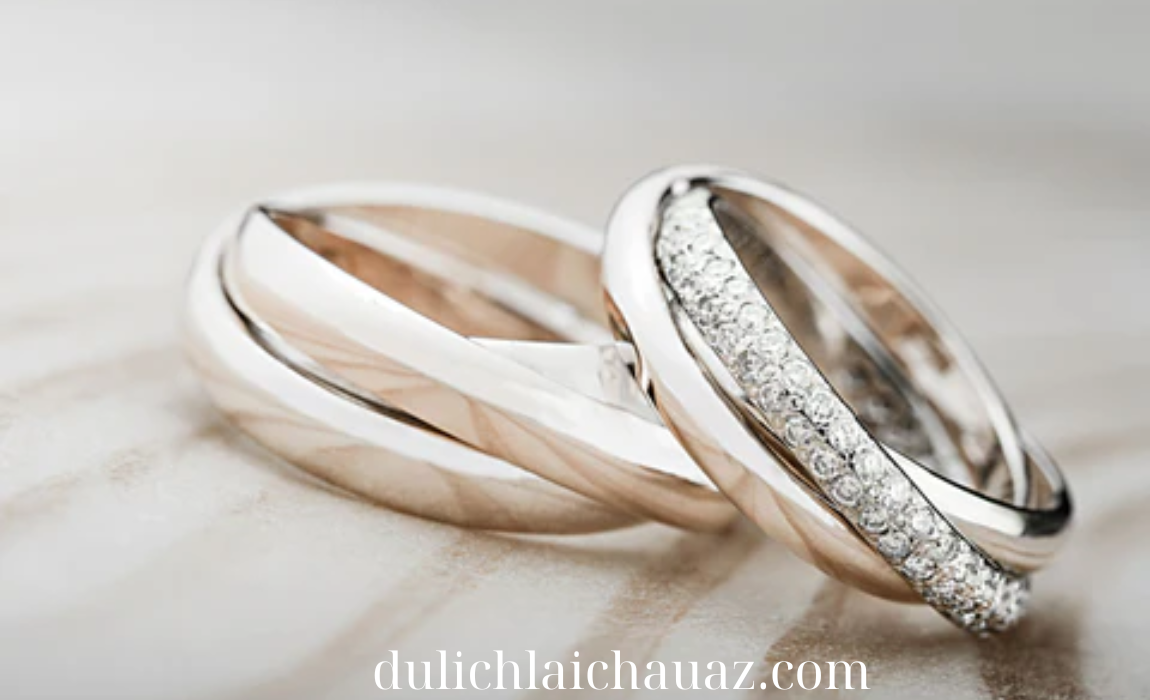Engagement Ring Advice: Key Factors to Consider for Your Proposal
Choosing an engagement ring is one of the most significant decisions you’ll make when planning your proposal. It’s a symbol of love, commitment, and the beginning of a new chapter. With so many options available, it can be overwhelming to know where to start. To help guide you through this process, here are the key factors to consider when selecting the perfect engagement ring.
1. The 4 Cs: Cut, Color, Clarity, and Carat
The quality and value of a diamond are determined by the “4 Cs”—cut, color, clarity, and carat. Understanding these will help you make an informed decision when selecting a diamond.
1.1 Cut
The cut of the diamond refers to how well it has been shaped and faceted. A well-cut diamond reflects light beautifully, resulting in maximum brilliance and sparkle. The most popular cuts include round, princess, cushion, and emerald. Among these, the round brilliant cut is known for offering the most sparkle.
- Tip: Prioritize cut quality over other factors, as it has the biggest impact on a diamond’s appearance.
1.2 Color
Diamond color is graded on a scale from D (colorless) to Z (noticeable color). The closer a diamond is to colorless, the rarer and more valuable it is. However, slight tints can be difficult to see with the naked eye, especially when the diamond is set in certain metals like yellow gold.
- Tip: If you’re looking to save, consider diamonds in the G to I color range, which appear nearly colorless but are more affordable than those at the top of the scale.
1.3 Clarity
Clarity refers to the presence of inclusions or imperfections within the diamond. Most diamonds contain tiny flaws, but those with fewer imperfections are more valuable. Clarity is graded from Flawless (no inclusions) to Included (visible inclusions).
- Tip: Many inclusions are microscopic and won’t affect the stone’s beauty. Opt for a diamond in the VS1 to SI2 clarity range to balance quality and cost.
1.4 Carat
Carat refers to the weight of the diamond, with one carat equaling 0.2 grams. Larger diamonds are rarer and therefore more expensive. However, carat weight is not the only determinant of size; the cut also plays a role in how large a diamond appears.
- Tip: Consider a slightly lower carat weight (like 0.9 instead of 1.0) for significant savings while still achieving a stunning look.
2. Ring Style and Setting
The ring setting refers to how the diamond is mounted on the band, and it plays a crucial role in the overall appearance and security of the ring. There are many settings to choose from, each offering a unique style and level of practicality.
2.1 Solitaire
A solitaire setting features a single diamond, often mounted in a prong setting that elevates the stone and maximizes its brilliance. This classic, timeless design is a popular choice for its elegance and simplicity.
2.2 Halo
A halo setting surrounds the center diamond with a ring of smaller diamonds, which enhances the overall sparkle and can make the center stone appear larger. This setting is ideal for those who want extra brilliance and a more dramatic look.
2.3 Pavé
In a pavé setting, small diamonds are set closely together along the band, creating a continuous sparkling effect. This setting adds extra glamour to the ring without overpowering the center stone.
2.4 Bezel
A bezel setting encircles the diamond with a metal rim, providing a sleek, modern look and offering added protection for the stone. This setting is ideal for individuals with an active lifestyle, as it keeps the diamond secure.
Tip: Consider your partner’s lifestyle when choosing a setting. If they’re very active or prefer minimalistic designs, opt for a bezel or simple solitaire setting. For more glamorous, statement-making styles, consider a halo or pavé setting.
3. Metal Type
The metal of the ring’s band is just as important as the diamond. Different metals offer varying aesthetics, durability, and maintenance requirements.
3.1 Platinum
Platinum is a popular choice for engagement rings due to its durability and hypoallergenic properties. It has a naturally white sheen and requires little maintenance. However, platinum is more expensive than gold.
3.2 White Gold
White gold offers a similar appearance to platinum but at a lower price point. It is a combination of gold and other metals, coated in rhodium to give it a bright white finish. White gold does require occasional re-plating to maintain its shine.
3.3 Yellow Gold
Yellow gold has a warm, classic appeal and has been a popular choice for centuries. Its rich color complements diamonds and colored gemstones beautifully.
3.4 Rose Gold
Rose gold has a romantic, vintage feel, with its pinkish hue making it a modern favorite. The unique color is achieved by blending gold with copper, resulting in a durable metal.
Tip: Choose a metal that complements your partner’s skin tone and matches their existing jewelry. White metals like platinum or white gold are ideal for cool skin tones, while yellow or rose gold suits warmer skin tones.
4. Budget Considerations
Before diving into ring shopping, it’s essential to set a budget. While there is no universal rule on how much to spend, many financial experts suggest setting a budget based on what you can comfortably afford. Engagement rings come in a wide range of prices, so it’s possible to find a stunning ring without overspending.
4.1 Maximize Value
To make the most of your budget, consider prioritizing cut quality, as it affects a diamond’s overall beauty more than carat weight or clarity. Opting for a slightly smaller carat or diamonds in the near-colorless range (G-H) can also provide savings without sacrificing visual impact.
4.2 Alternative Gemstones
If your partner is open to something less traditional, consider alternative gemstones like sapphires, emeralds, or rubies. These gemstones are often less expensive than diamonds but still offer stunning color and durability.
Tip: Shop around and compare prices from reputable jewelers, both in-store and online. Many retailers offer financing options, which can help make higher-priced rings more affordable.
5. Personalization and Customization
Many jewelers offer customization services that allow you to create a one-of-a-kind engagement ring. Customizing a ring gives you the opportunity to choose every detail, from the diamond shape and setting to personal engravings.
5.1 Unique Diamond Shapes
While round diamonds are the most popular, alternative shapes like oval, pear, emerald, and marquise can add a unique touch to the ring. These shapes may also appear larger than round diamonds of the same carat weight due to their elongated appearance.
5.2 Engraving
Personalizing the ring with a meaningful engraving adds sentimental value. Many couples choose to engrave a special date, initials, or a short message inside the band.
Tip: If you’re considering a custom ring, work with a jeweler who specializes in custom designs and allow for extra time in the process, as custom rings can take longer to create.
6. Understanding Ring Size
Knowing your partner’s ring size is essential to ensure the ring fits perfectly when you propose. If you’re unsure of their size, there are several ways to figure it out without directly asking:
- Borrow a Ring: If your partner wears rings on their ring finger, discreetly borrow one and have it sized by a jeweler.
- Ask a Friend: Enlist the help of a close friend or family member who may know your partner’s ring size.
- Use a Ring Sizer: Some online jewelers offer printable ring sizers or plastic sizer tools to help you determine the correct size.
Tip: It’s always better to size up slightly if you’re unsure, as it’s easier for a jeweler to make a ring smaller than to enlarge it.
7. Ethical and Sustainable Options
More and more couples are prioritizing ethical considerations when purchasing an engagement ring. Many jewelers now offer conflict-free diamonds and sustainably sourced gemstones, ensuring that your ring is beautiful inside and out.
7.1 Conflict-Free Diamonds
Look for diamonds that are certified conflict-free, meaning they are sourced ethically and not used to finance conflicts. Jewelers should be able to provide certification from organizations like the Kimberley Process.
7.2 Lab-Grown Diamonds
Lab-grown diamonds are an eco-friendly and affordable alternative to mined diamonds. They have the same chemical composition and visual properties as natural diamonds but are created in controlled environments, reducing the environmental impact.
Tip: Ask your jeweler about the origin of the diamonds or gemstones to ensure they align with your ethical values.
Conclusion
Choosing the perfect engagement ring requires thoughtful consideration of factors like the 4 Cs, ring style, metal type, and budget. By prioritizing what matters most to your partner and doing a bit of research, you’ll be able to find or create a ring that symbolizes your unique love story. With these key factors in mind, you’re ready to embark on the exciting journey of finding the perfect engagement ring for your proposal.














Post Comment